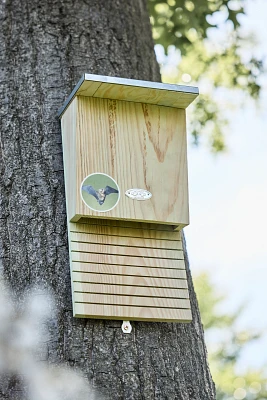Home
City of Wooden Houses: Georgetown, Guyana
Barnes and Noble
City of Wooden Houses: Georgetown, Guyana
Current price: $60.00


Barnes and Noble
City of Wooden Houses: Georgetown, Guyana
Current price: $60.00
Size: OS
Loading Inventory...
*Product information may vary - to confirm product availability, pricing, shipping and return information please contact Barnes and Noble
Georgetown, capital of Guyana, on the northeast coast of South America, has been described as 'the Venice of the West Indies', and its elegant canals and bridges, lush tropical vegetation and handsome buildings make it a place of great beauty. The city's architecture is essentially colonial, having been molded by the French, Dutch, British and Spanish during the eighteenth and nineteenth centuries. Built in a classical style reinterpreted by local craftsmen and realized largely in the region's plentiful wood rather than more durable brick and stone, these buildings are now suffering from neglect and the ravages of the hot, humid climate. Some are being carefully preserved and maintained, but many more are disintegrating or being demolished to make way for development, much of it in glass and concrete.
This book documents those colonial buildings, some of which have disappeared even since they were photographed. Compton Davis begins by giving a brief history of Georgetown itself, describing the influences that resulted in its charming and characteristic architecture, and explaining the various house types that are to be found in the city. The main part of the book is organized geographically, dividing the city into its various districts and describing the notable houses to be found in each. Photographs of the buildings and their particular features are accompanied by short descriptive and historical texts.
During the thirty years since the project began, a number of the buildings have disappeared - some destroyed by fire and others by decay, and some more recently demolished and replaced by concrete structures. The photographs have become a historical document and visual archive that charts the transformation of the building culture of Georgetown during the late nineteenth and twentieth centuries, from its original colonial wooden structures to an international style based on glass and concrete. The photographs also commemorate the elegant colonial garden city that Georgetown once was, as well as celebrating the Guyanese craftsmen and builders who helped to shape it.
This beautiful book, lovingly photographed and researched over several decades, will appeal to architecture lovers everywhere, as well as to those interested in colonial history, the visual history of South America and the history of building in wood. It will also appeal to conservationists and preservationists and anyone interested in the protection of vulnerable buildings.
This book documents those colonial buildings, some of which have disappeared even since they were photographed. Compton Davis begins by giving a brief history of Georgetown itself, describing the influences that resulted in its charming and characteristic architecture, and explaining the various house types that are to be found in the city. The main part of the book is organized geographically, dividing the city into its various districts and describing the notable houses to be found in each. Photographs of the buildings and their particular features are accompanied by short descriptive and historical texts.
During the thirty years since the project began, a number of the buildings have disappeared - some destroyed by fire and others by decay, and some more recently demolished and replaced by concrete structures. The photographs have become a historical document and visual archive that charts the transformation of the building culture of Georgetown during the late nineteenth and twentieth centuries, from its original colonial wooden structures to an international style based on glass and concrete. The photographs also commemorate the elegant colonial garden city that Georgetown once was, as well as celebrating the Guyanese craftsmen and builders who helped to shape it.
This beautiful book, lovingly photographed and researched over several decades, will appeal to architecture lovers everywhere, as well as to those interested in colonial history, the visual history of South America and the history of building in wood. It will also appeal to conservationists and preservationists and anyone interested in the protection of vulnerable buildings.


















